Risk Management and Decision Making: A Business Essay
VerifiedAdded on 2021/04/16
|7
|1760
|52
Essay
AI Summary
This essay delves into the multifaceted realm of risk management and decision-making within the business landscape. It commences by defining business risk as any uncertainty that can negatively affect a business and highlights the importance of risk management strategies in mitigating potential losses. The essay explores various types of risks stemming from economic, social, political, and technological factors, emphasizing the need for organizations to implement robust risk management frameworks. It differentiates between pure and speculative risks and underscores the significance of Enterprise Risk Management (ERM) in identifying and mitigating risks across all business functions. The essay further examines the impact of economic risks, including fluctuations in exchange rates and raw material prices, as well as political risks such as government interventions and political instability. It also addresses the challenges posed by technological advancements, including security risks, and socio-cultural factors affecting business decisions. The importance of financial risk management is emphasized along with the discussion on health and safety risks. Real-world examples, such as Tesco and Granite Construction, are used to illustrate how organizations manage risks and adapt to changing circumstances. The essay concludes by reiterating the necessity of risk management for businesses of all sizes to protect resources and ensure sustainable growth.
1 out of 7
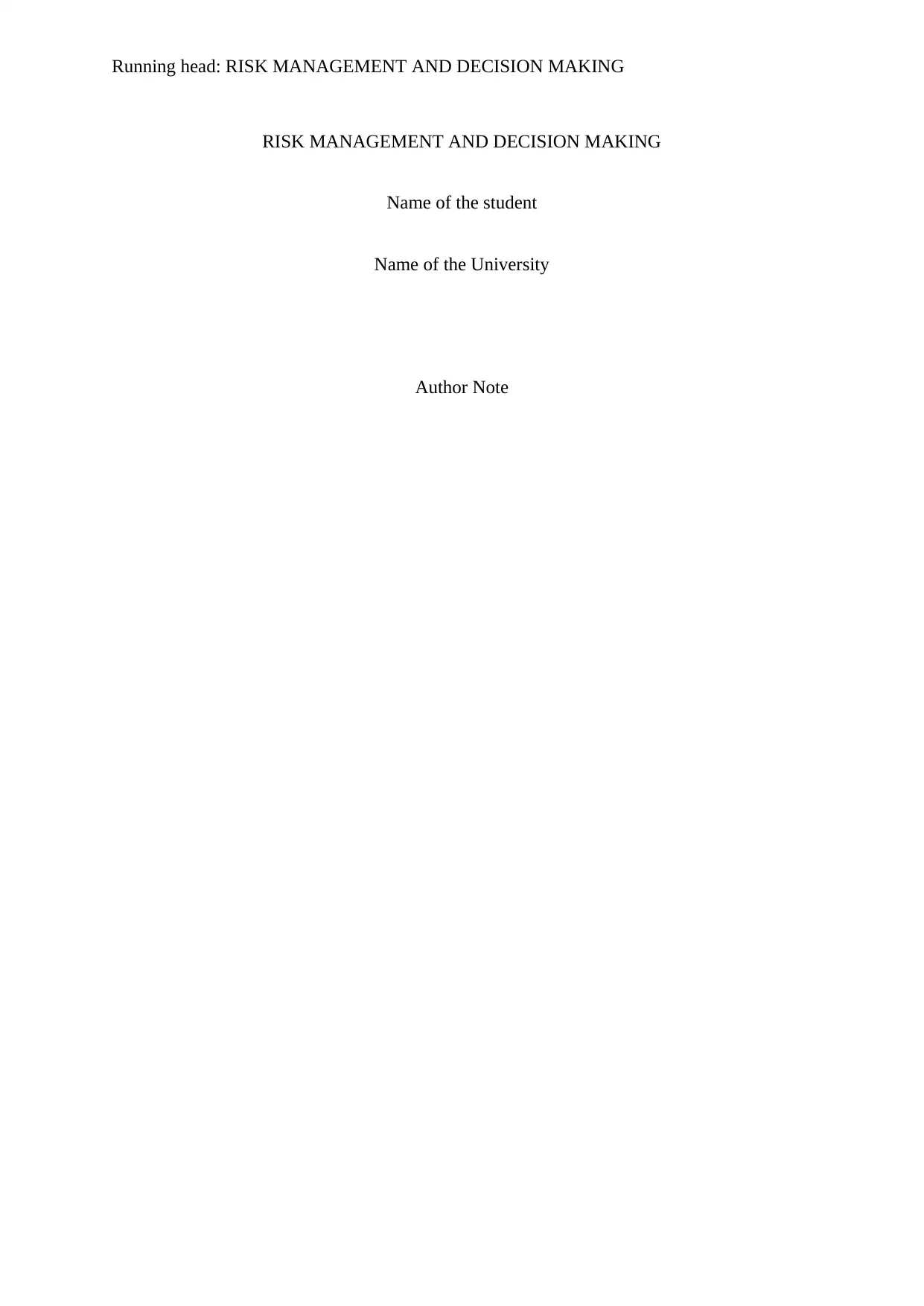
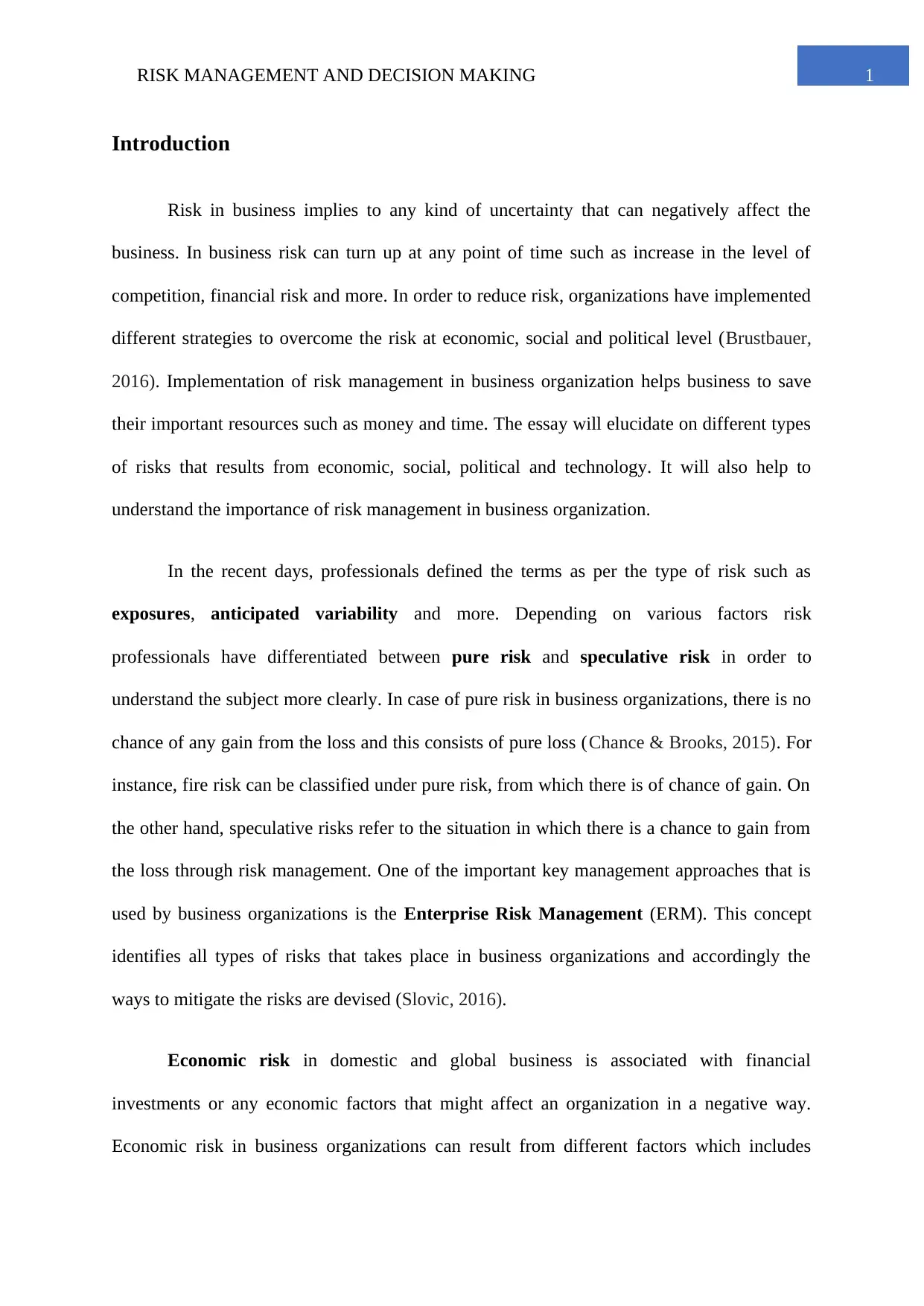
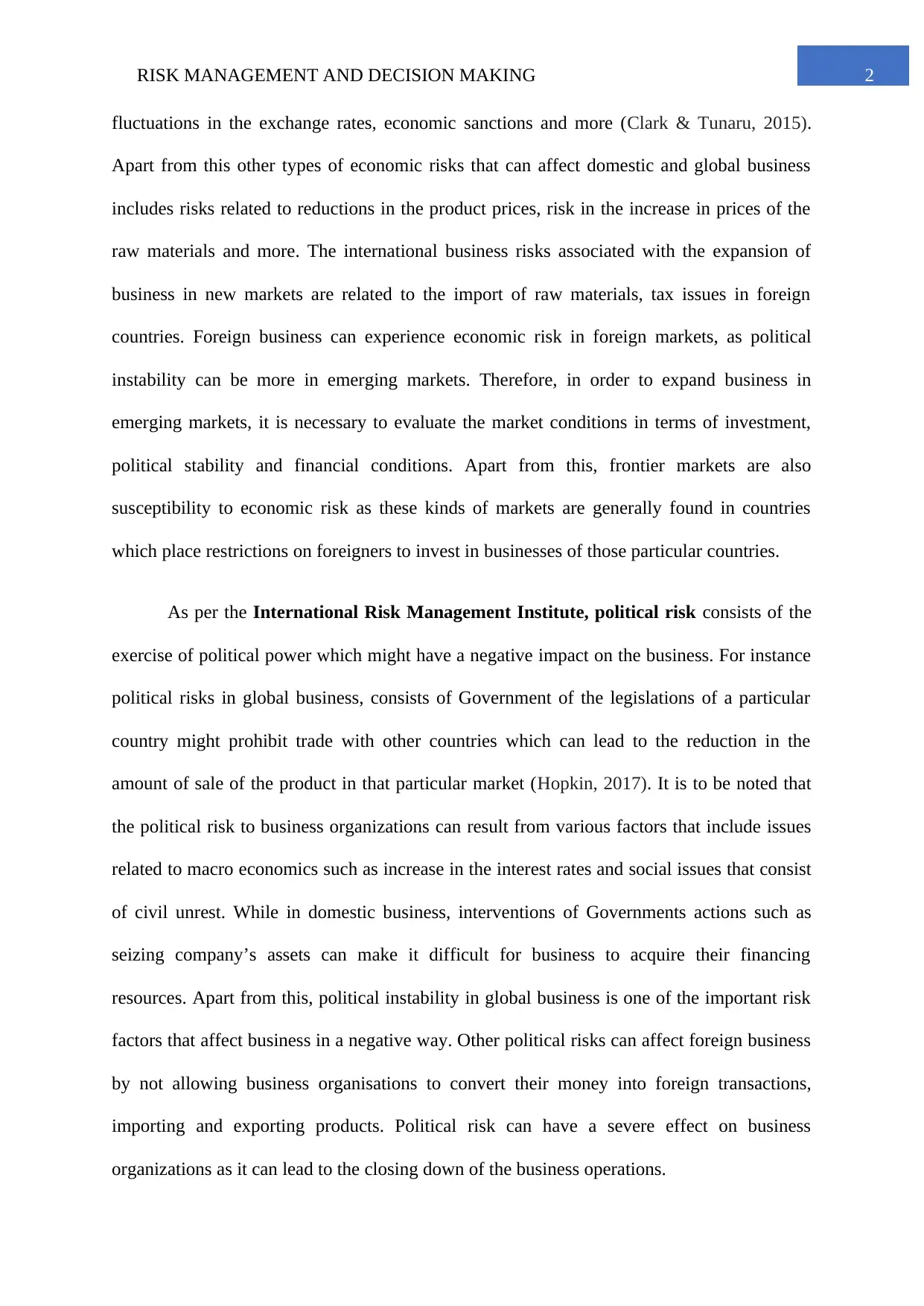
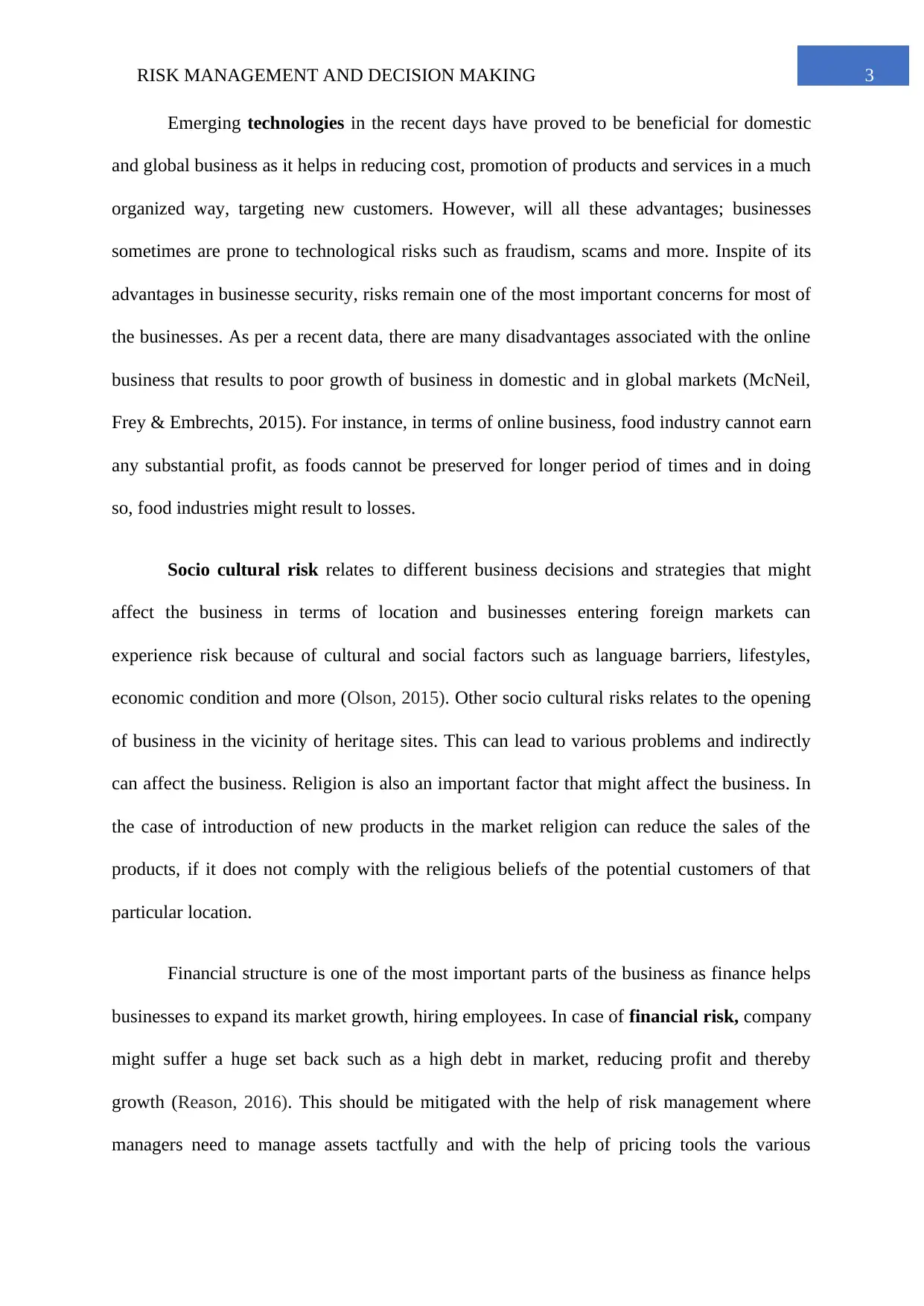
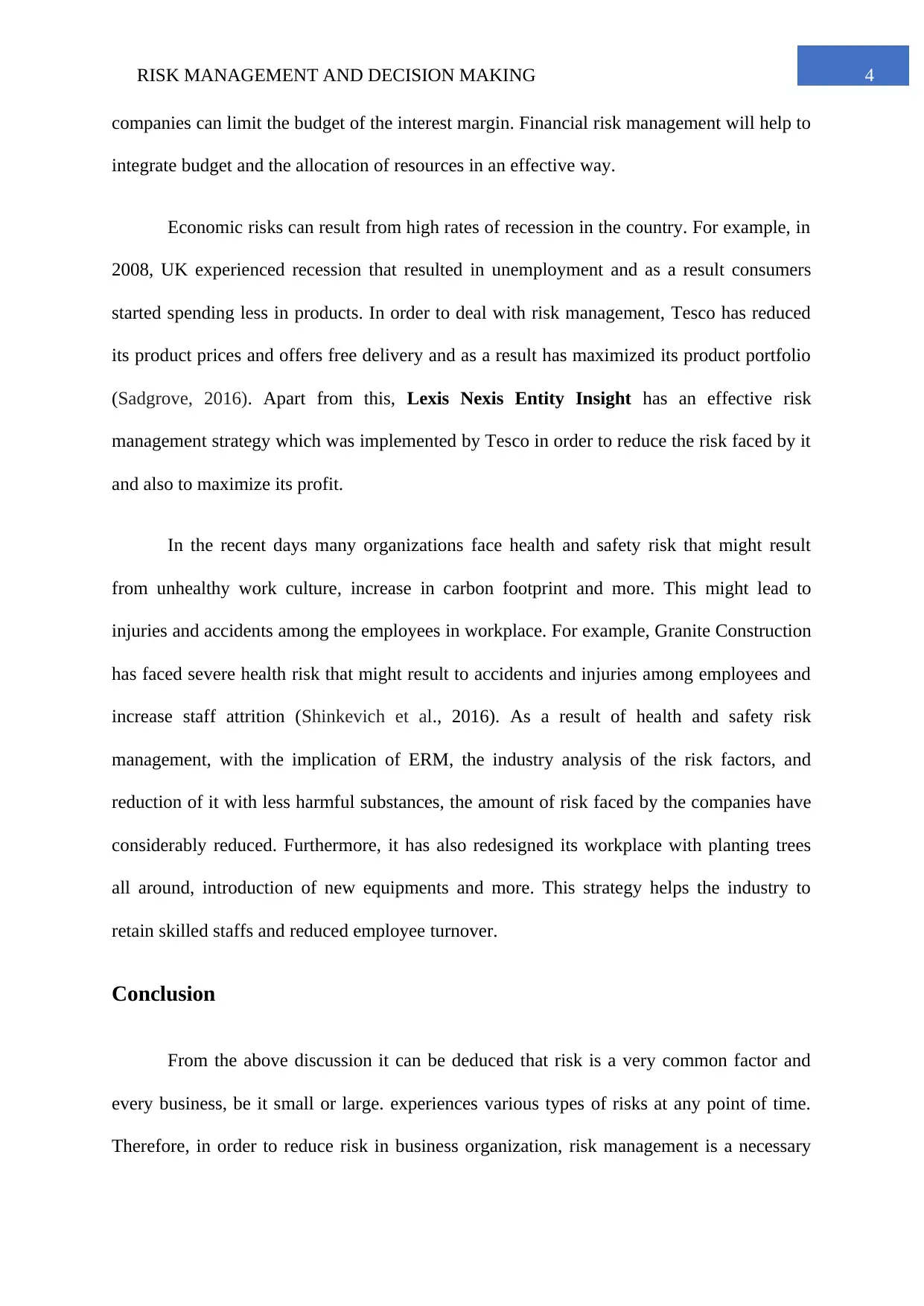
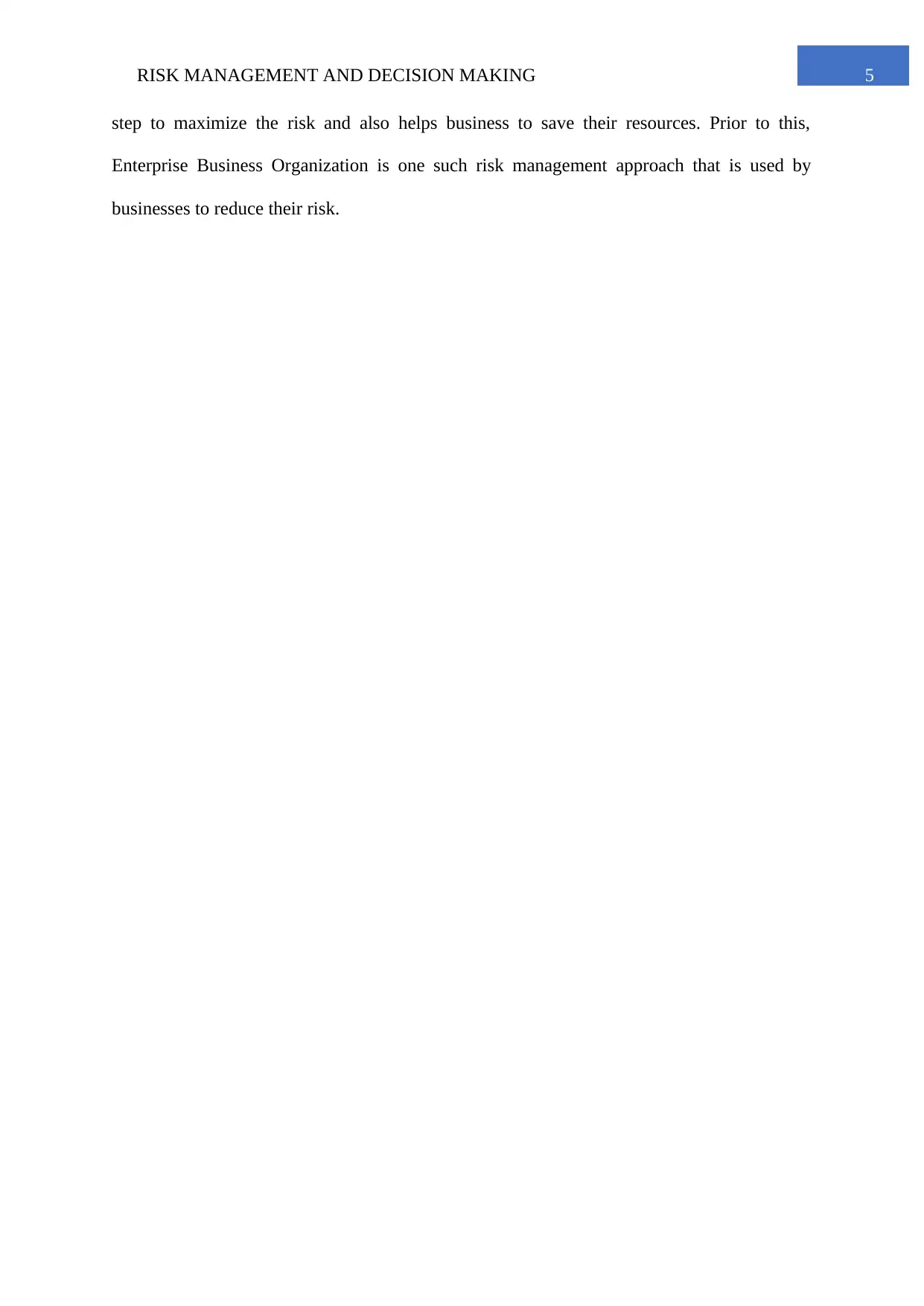
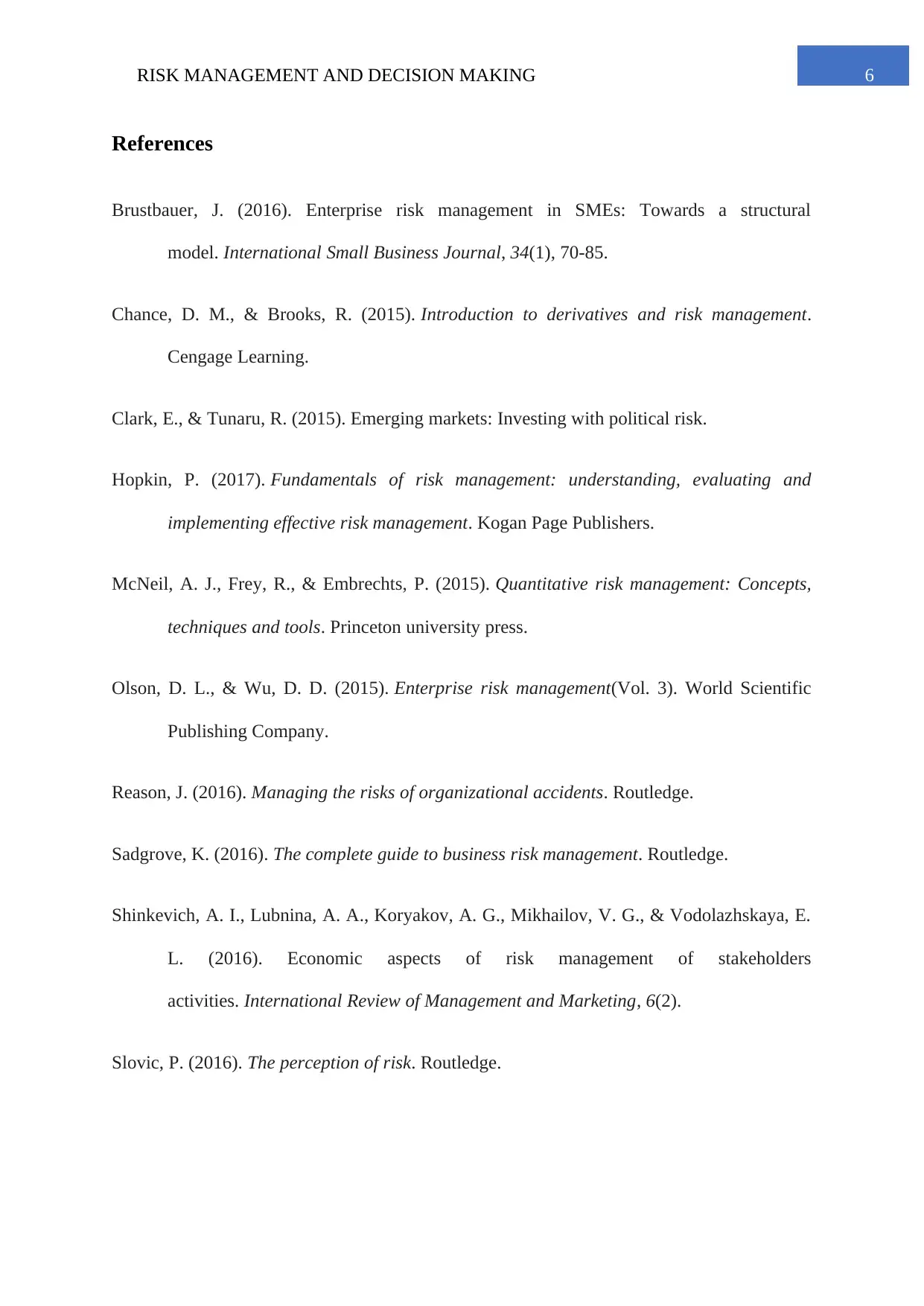






![[object Object]](/_next/static/media/star-bottom.7253800d.svg)